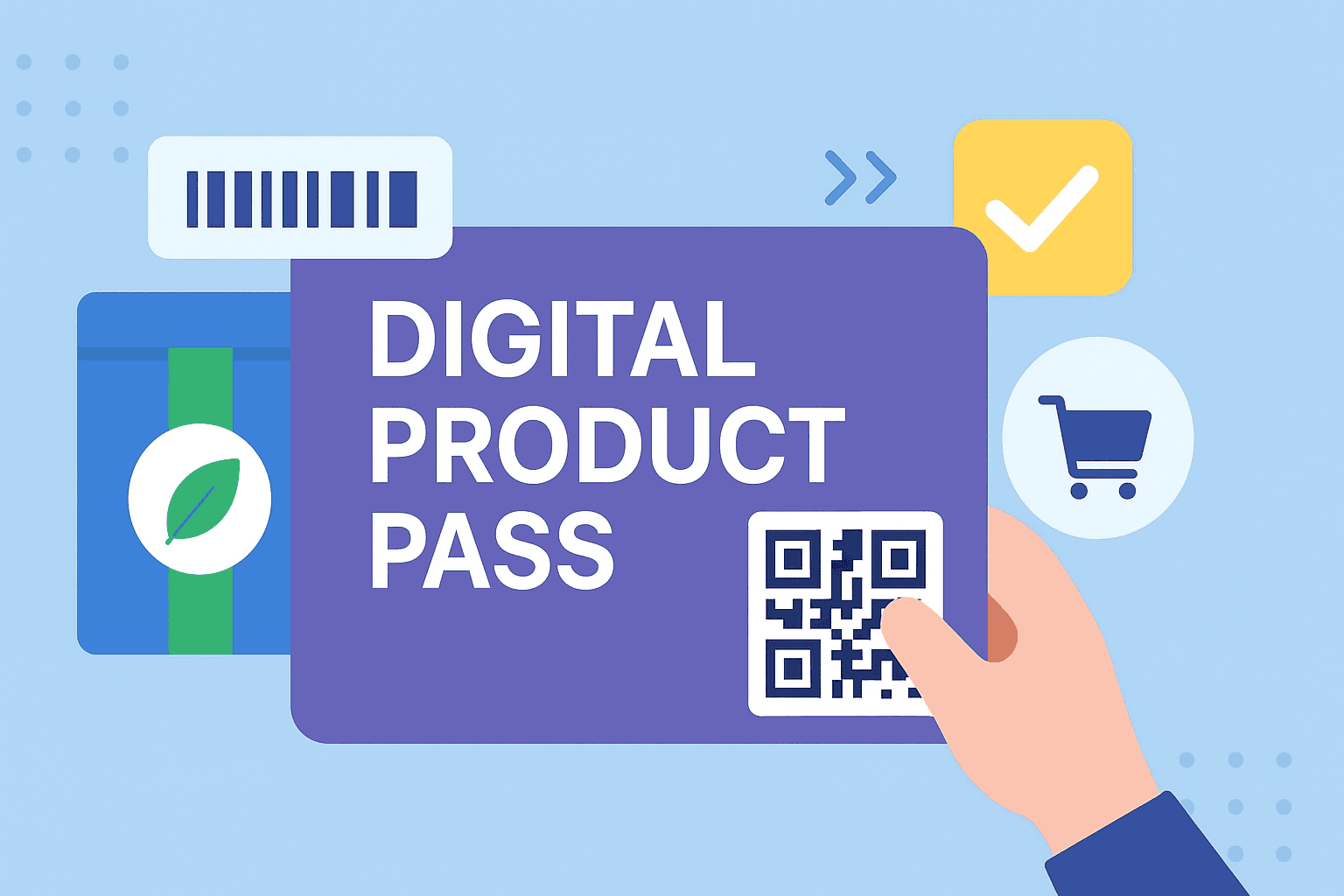The Battery Passport: A Digital Product Pass for a Greener Energy Future
2025-09-30

What is the Battery Passport?
The Battery Passport is the first real-world implementation of the Digital Product Pass (DPP) in Europe. Anchored in the new EU Battery Regulation (Regulation (EU) 2023/1542), it will become mandatory for batteries entering the European market starting in 2027.
The Battery Passport is a digital record linked to each individual battery (such as those used in electric vehicles, energy storage systems, and industrial applications). It contains key information about the battery’s origin, composition, performance, and lifecycle, enabling full traceability from raw material extraction to end-of-life recycling.
Why the Battery Passport Matters
-
Transparency in Raw Materials
Batteries rely heavily on critical raw materials such as lithium, cobalt, and nickel. The passport provides verifiable data on where these materials were sourced and under what conditions, addressing concerns around human rights, supply chain ethics, and environmental impact. -
Lifecycle Management
The passport ensures that stakeholders—from manufacturers to recyclers—can access data about capacity, health, and carbon footprint. This makes it easier to repair, repurpose, or recycle batteries efficiently. -
Compliance and Competitiveness
For manufacturers, the Battery Passport is not just about regulatory compliance. It will also be a differentiator in global markets. Companies that demonstrate responsible sourcing and sustainability via the passport can strengthen their brand and build customer trust.
Key Features of the Battery Passport
- Material composition and origin (traceability of critical minerals)
- Carbon footprint of production
- Battery capacity and performance data
- Repairability and repurposing potential
- Recycling and recovery information
- Unique identifier (e.g., QR code or NFC tag) that links the physical battery to its digital twin
Challenges of Implementation
- Data Quality and Standardization: Industry players must agree on data formats and sharing protocols.
- Technology Integration: Linking physical batteries with secure digital twins requires QR codes, NFC, or blockchain solutions.
- Cost and Complexity: Collecting and maintaining high-quality lifecycle data can be expensive, especially for smaller manufacturers.
- Data Privacy and Security: Sensitive supply chain data must be shared responsibly while preventing misuse.
The Road Ahead
The Battery Passport is expected to roll out in 2027, starting with large industrial and electric vehicle batteries. Over time, it may expand to smaller categories like consumer electronics.
Forward-thinking companies are preparing by:
- Building battery data management platforms
- Collaborating with suppliers on raw material traceability
- Exploring blockchain and IoT solutions to ensure secure, real-time data exchange
- Setting up ecosystems for second-life batteries (e.g., EV batteries repurposed for energy storage)
Conclusion
The Battery Passport is more than a compliance tool—it’s a cornerstone for a sustainable energy future. By embedding transparency and accountability into every stage of the battery lifecycle, it will enable innovation, circularity, and trust in one of the world’s most important industries.
For businesses, early adoption means not only staying ahead of regulation but also shaping the future of clean energy.